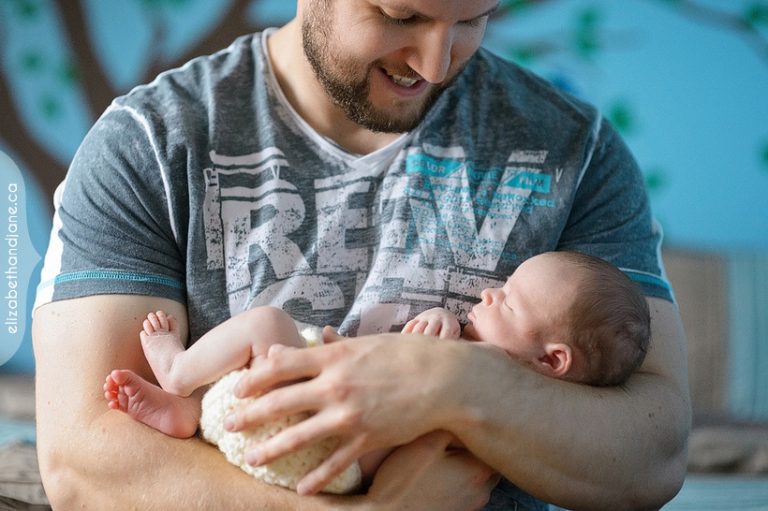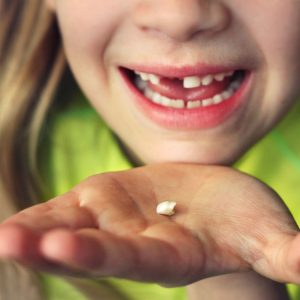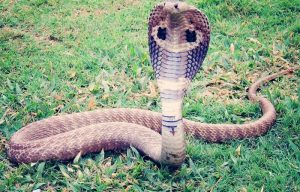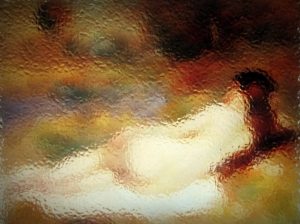How Babies Dream And What Do They Dream About?

According to the findings of a study that looked at how babies dream, babies spend approximately 66 percent of their sleeping time in the REM state. Taking into consideration that the typical adult devotes 15–20 percent of their total sleep time to the dreaming stage, this amounts to a significant amount of time spent daydreaming. Researchers interested in dreams have hypothesised that rapid eye movement (REM) sleep may play a role in the maturation of the brain. Even while it is still developing inside the mother’s womb, the foetus already spends a sizeable portion of its time in REM sleep. Even though it’s only 30 weeks along, the foetus already spends nearly the entire day in the REM state.
Additionally, premature infants spend up to 80 percent of their total sleep time in the REM state. Babies experience less rapid eye movement (REM) sleep as they get older. It falls to 50% in the full-term baby, and it falls even further to 35% in the one-year-old child. This finding lends credence to the idea that rapid eye movement (REM) sleep plays an important role in the mental development of the infant. It is possible that dreaming serves as a form of mental “exercise” and stimulation for the mind. As infants mature, they will be able to derive mental stimulation from both the environment around them and the world outside their homes.
It is difficult to know what babies are dreaming about, but it is likely that the majority of their dreams are prompted by various sensations in their bodies. As their brains continue to mature, babies will eventually begin having dreams that include both auditory and visual elements.
What kinds of things do young babies imagine?
What exactly is a dream feed, and how do I go about setting one up?
If babies do dream, the scenes and interactions that take place in those dreams are not likely to be as detailed or complex as those that occur in the dreams of adults. It could be a collection of sensations, such as warmth, sucking on a breast, or images of a face in extreme close-up. When an adult sleeps, their brain processes the events of the previous day. When an infant sleeps, their brain does the same thing; however, it is not as developed yet.
What could be causing my child to smile, laugh, suck their thumb, or twitch while they are sleeping?
Babies may experience these types of movements while they are in REM sleep, in contrast to adults who remain very still during this stage of sleep. Consider the possibility that there is a connection between the twitches that occur in the neck of a baby while they are sleeping and their capacity to keep their head up. According to the findings of their study, the number of neck twitches that occur during sleep decreases once an infant reaches the point where they are able to support their own head while sleeping.
Is it possible that my young child is having a nightmare when they scream out in their sleep or twitch all over?
Almost certainly not. The Moro reflex, also known as the startle reflex, is a natural newborn reflex that gradually disappears between the ages of four and six months old. This reflex involves a baby flailing their arms and legs in an attempt to startle themselves. According to Neri, this Moro reflex occurs because the baby does not yet have complete control over their arms and legs, but they are beginning to learn how to do so. If it takes place in the night, it may cause them to wake up. According to Zadra, a baby who cries out in their sleep may simply be processing something that occurred during the day, such as being startled by a loud noise; however, this does not constitute a nightmare in the traditional sense of the term.
Recent Posts
Recent Articles

What Does It Mean To Dream About Tests or Examination?
Dream Meaning Of Tests or Examination "I Did Not Do Well In The Test" If you…

The Biblical Meaning Of Falling Teeth In Dreams And Its Spiritual Message
Dream Meaning of Falling Teeth "I Can't Stop Losing My Teeth!" The dreams th…

The Biblical Meaning Of Most Common Dreams About Snake
"I Was Bitten By A Snake!!" The snake is one of the most typical animals to a…

The Biblical Meaning Of Dreams About Being Naked And Its Spiritual Message
“I'm Naked!" You are going about your normal routine, such as going to scho…




